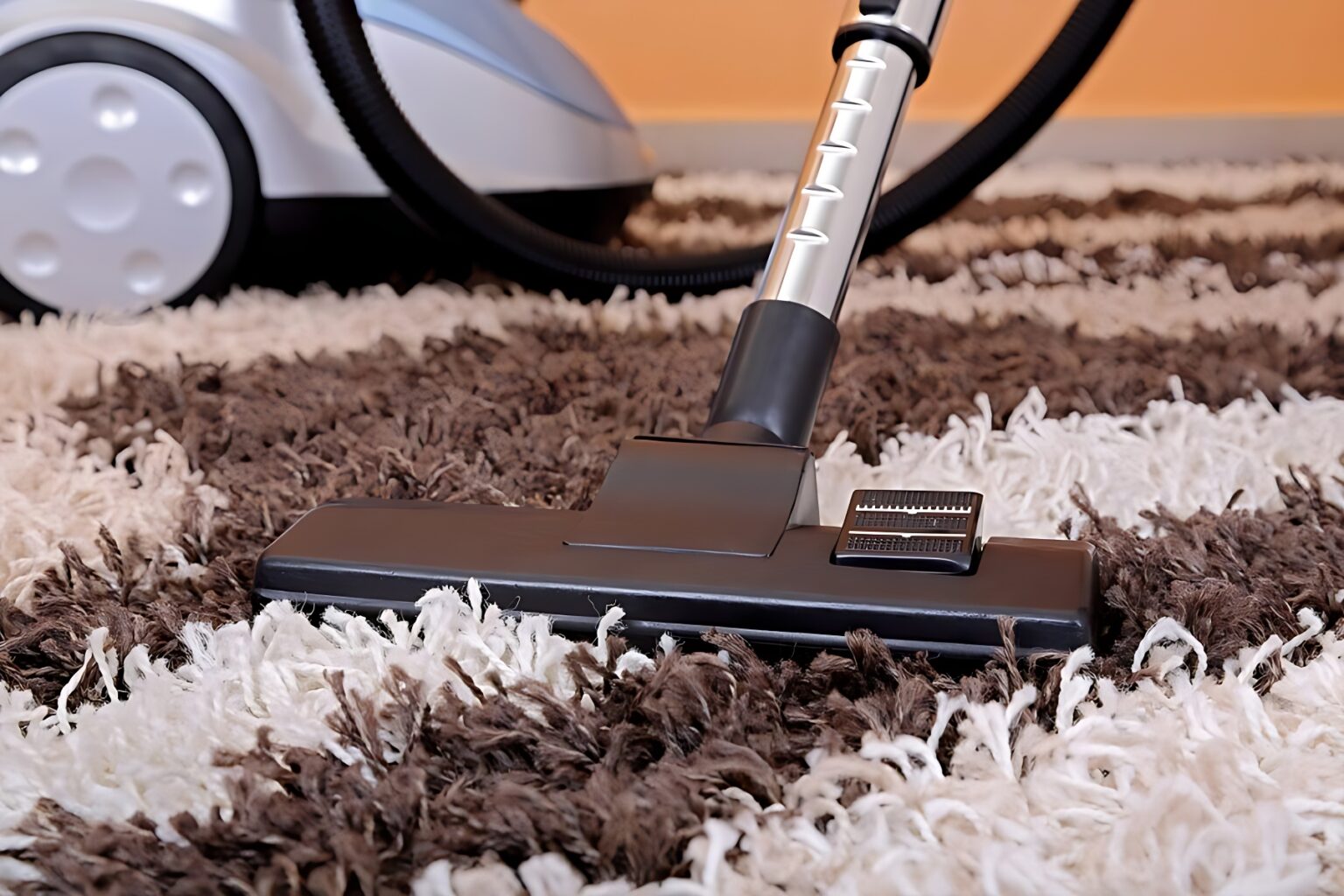Packaging plays a crucial role in product presentation and protection, and businesses are constantly seeking ways to make their products stand out on store shelves. One option that has gained popularity is the use of foil boxes, known for their luxurious and eye-catching appearance. However, when considering packaging options, it’s essential to evaluate the cost differences between Custom gold foil boxes and other types of packaging. In this article, we will explore the cost comparison and considerations associated with these packaging choices.
1. Introduction to Custom Gold Foil Boxes
Packaging serves multiple purposes, from preserving the product’s integrity to conveying brand identity. The choice of packaging material can significantly impact the perceived value of a product. Gold boxes have emerged as a premium custom packaging option, often associated with elegance and sophistication. Understanding the cost differences between foil boxes and alternative packaging solutions is crucial for businesses aiming to strike a balance between aesthetics and affordability.
2. Understanding Custom Gold Foil Boxes
2.1 Definition and Features
Gold boxes are packaging containers that utilize a thin layer of gold foil, typically applied to sturdy materials like cardboard. This type of packaging stands out due to its reflective and lustrous appearance, resembling the look of actual gold. Gold foil can be applied to the entire box or selectively on specific design elements, logos, or text, enhancing the visual appeal and highlighting the brand.
2.2 Benefits of Gold Boxes
Gold boxes offer several advantages that make them an attractive choice for premium products. These benefits include:
- Enhanced Brand Image: Gold foil packaging exudes luxury and exclusivity, leaving a lasting impression on customers and reinforcing the brand’s premium positioning.
- Distinctive Visual Appeal: The reflective surface of gold foil catches the light and draws attention to the product, increasing its shelf presence and capturing consumer interest.
- Perceived Value: Gold is often associated with quality and value, and using gold foil in packaging can elevate the perceived value of the product, potentially justifying higher price points.
- Customization Options: Gold boxes can be customized with various design elements, such as embossing, debossing, or spot UV finishes, allowing for unique branding opportunities.
3. Other Types of Packaging
While gold boxes offer a touch of opulence, there are various other types of packaging materials commonly used in the industry. Understanding the characteristics and costs of alternative packaging options is essential for making an informed decision.
3.1 Cardboard Boxes
Cardboard boxes are a widely used and versatile packaging choice. They come in various sizes, shapes, and thicknesses, providing sturdy protection for products. Cardboard boxes are generally more cost-effective than foil boxes, making them a popular option for everyday items and e-commerce packaging.
3.2 Plastic Packaging
Plastic packaging, such as blister packs or PET containers, offers transparency and durability. Plastic materials can be molded into different shapes, allowing for creative and functional designs. Plastic packaging tends to be more affordable than foil boxes, making it a suitable choice for mass-produced items.
3.3 Glass Containers
Glass containers provide a premium and environmentally friendly packaging option. They offer an excellent barrier against moisture and odors, making them ideal for food and cosmetic products. However, glass packaging can be costlier than foil boxes, especially for larger volumes or custom designs.
4. Cost Comparison
4.1 Factors Influencing Cost
Several factors contribute to the overall cost of packaging, regardless of the material chosen. These include:
- Volume: The quantity of packaging required affects the cost, as bulk orders often lead to reduced per-unit prices.
- Design Complexity: Intricate designs, special finishes, or custom shapes can increase manufacturing and production costs.
- Printing and Branding: Packaging that requires extensive printing, branding, or graphic design work may incur additional expenses.
4.2 Cost of Silver Foil Boxes
Silver foil boxes are considered a premium packaging option, and their cost reflects this distinction. The price of Silver foil boxes varies depending on factors such as size, design complexity, customization requirements, and order volume. Generally, Silverfoil boxes are more expensive than cardboard boxes, plastic packaging, and some other materials.
4.3 Cost of Other Types of Packaging
Alternative packaging options like cardboard boxes, plastic packaging, and glass containers are often more cost-effective compared to Silver foil boxes. The price varies based on the same factors mentioned earlier, with plastic packaging generally being the most affordable option and glass containers usually commanding a higher price.
5. Considerations for Choosing Packaging
When deciding between Golden boxes and other types of packaging, it’s crucial to consider the following factors:
- Product Value: The perceived value and positioning of the product in the market should align with the chosen packaging type.
- Target Audience: Understanding the preferences and expectations of the target audience can help determine the most suitable packaging option.
- Budget: Balancing the desired aesthetic appeal with budget constraints is essential for making an economically viable decision.
- Brand Identity: Packaging should align with the brand’s identity and messaging, ensuring consistency across all touchpoints.
6. Conclusion
Choosing the right custom packaging material is a crucial decision for businesses, as it affects product presentation, consumer perception, and overall costs. Golden boxes provide a luxurious and visually striking option, but their higher price must be weighed against alternative packaging solutions. Cardboard boxes, plastic packaging, and glass containers offer cost-effective choices, each with its unique features and benefits. By considering factors such as product value, target audience, budget, and brand identity, businesses can make an informed decision that strikes the perfect balance between cost and aesthetics.
7. FAQs
Q1. Are Golden boxes only suitable for high-end products?
Golden boxes are commonly associated with high-end products due to their premium appearance. However, they can be used for various items that seek to convey a sense of luxury or sophistication.
Q2. Can Golden boxes be customized with different designs?
Yes, Golden boxes offer customization options such as embossing, debossing, and spot UV finishes. These design elements can be used to enhance branding and create a unique packaging experience.
Q3. Are cardboard boxes more cost-effective than Golden Packaging?
Yes, cardboard boxes are generally more cost-effective compared to Golden Packaging. They are a popular choice for everyday items and e-commerce packaging due to their affordability and versatility.
Q4. Is plastic packaging a sustainable choice?
While plastic packaging offers durability and functionality, it raises concerns about environmental sustainability. It’s essential to consider alternative eco-friendly materials if sustainability is a priority.
Q5. Where can I find gold foil, packaging suppliers?
There are various packaging suppliers and manufacturers that specialize in Golden Packaging. Online directories, trade shows, and industry-specific platforms can help in finding reputable suppliers for gold foil packaging.



